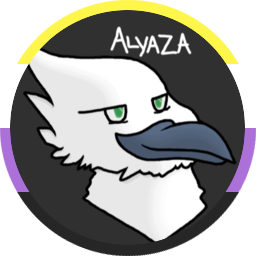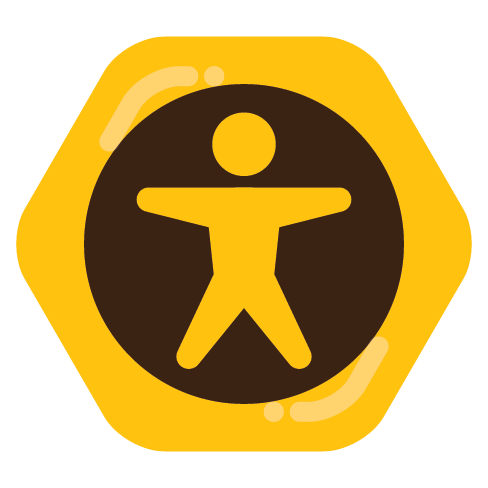Among the prominent leaders in the history of Blind education in Japan are Konishi Nobuhachi (1854-1938) and Ishikawa Kuraji (1859-1944), two sighted educators who contributed greatly to the early development of Japanese Braille in the 1880s and 1890s. Kunmōain, the school where Konishi and Ishikawa taught, opened its doors to blind and deaf students in 1880, and was renamed in 1887 as the Tokyo School for the Blind and Deaf (in short, the Tokyo School; the school was reorganized into a school for blind students in 1909, and a school for deaf students in 1910).
At the time in Japanese society, Blind education in schools, as well as Deaf education, was fairly new. People with disabilities, in general, had limited opportunities and support. The Tokyo School, which earned its status as a school under the direct authority of the Ministry of Education, was one of the few places in Japan where blind and deaf students with some financial means could receive formal education. In addition to a broad curriculum of academic courses, such as language, history, and mathematics, the school offered vocational training in music, acupuncture, and massage – the traditional professions of blind people. Shortly after Konishi was appointed to the school in 1886, Ishikawa joined the teaching staff there upon Konishi’s recommendation. Ishikawa’s immediate task was to thoroughly understand the principles of Braille and transform Braille into a suitable script for the Japanese language. This was no easy feat for anyone, not least because the phonetic and semantic nature of the Japanese scripts had to be accurately codified in the much more limited template of Braille dots.
Japanese Braille took shape over a few years of trial and error. Ishikawa and his committee aimed to develop a functional Japanese-based Braille template that could be used not only at the Tokyo School but also disseminated nationwide as the new standard script for Blind education. From early on, the committee made the crucial decision of comparing Braille with the Japanese kana syllabaries, which are phonetic characters and can be used in writing to represent the sounds of a vast number of kanji characters. […]
This is only vaguely related, but I took 2 semesters of Japanese back when I was working on my geology degree. My professor was able to bring a koto player to the university, and explained that the profession was reserved for the blind in Japan - to ensure that there were some jobs available for them.


